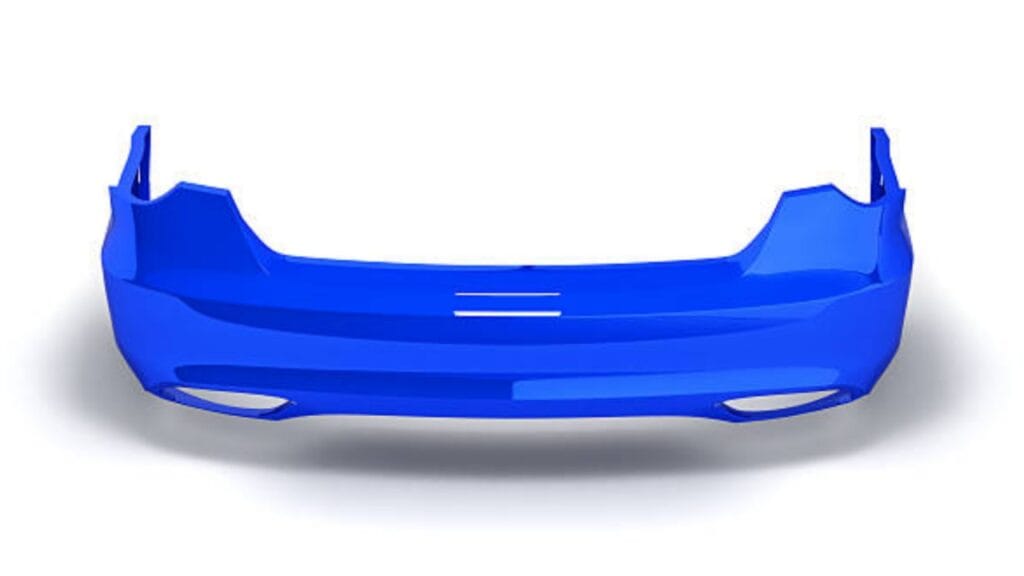Whether planning a bumper-to-bumper event or forming bumper-to-bumper insurance plans, the same objective principles apply: clarity, precision, and adaptability. You will also recognize the significant steps you need to follow to create better bumper plans.
Understand Your Goals
Before jumping into any planning process, the first step is understanding your goals clearly.
Ask yourself 09:31 What is this bumper plan for?
Are you hoping to fill the insurance coverage gaps for vehicles running into each other, or do you want to plan an event with activities bumper to bumper?
Learning the essential goals of your bumper plan will guide you in developing a tailored game plan.
Identify Your Resources
This is when you need to know which resources are available so that you can plan. If you are hosting an event, write down what you need regarding space, equipment, and workforce.
In the case of insurance, document the different policies, coverage options, and financial resources available to you. This will allow you to make the right decisions about the plan’s design.
Conduct a Risk Assessment
Every good plan includes an assessment of risks. For event planners, this means considering concerns like crowd control, vehicle safety, and possible accidents.
If you’re developing an insurance bumper plan, consider the potential risks of vehicle damage, collisions, and accidents that could occur. Understanding these risks will help you create a plan that minimizes their impact and ensures safety.
Budget Your Plan
Creating a detailed budget is an essential step in any planning process. For events, you’ll need to estimate costs for venue rental, staffing, permits, and equipment.
You must analyze your financial situation for insurance to determine the appropriate coverage.
Develop a Timeline
Timing is everything. A well-thought-out timeline will ensure that every aspect of your bumper plan is executed smoothly.
For events, this could mean scheduling rehearsals, setting deadlines for ticket sales, or ensuring that all vendors are booked on time.
Design a Contingency Plan
Things don’t always go as planned, so a contingency plan is essential. This plan means creating backup options for every scenario.
When planning an event, consider what you’ll do if weather conditions change or a vendor cancels at the last minute.
For bumper-to-bumper insurance, identify the processes for handling claims and understand how to manage unexpected costs or accidents.
Plan for Communication

Clear communication is key to a successful bumper plan. For events, ensure a communication system is in place for staff, vendors, and participants.
If something goes wrong, everyone should know who to contact. For insurance, ensure a clear line of communication with your provider, handling any claims or adjustments smoothly and efficiently.
Stay Flexible
While having a well-structured plan is important, flexibility is just as critical. Sometimes, things change, or unexpected challenges arise.
Being open to adjusting your plan in real-time is key to maintaining control over the situation. Flexibility allows you to adapt and find alternative solutions when necessary, ensuring the success of your plan in the face of unforeseen circumstances.
Implement the Plan
With everything in place, it’s time to implement your plan. Follow through with each task on your timeline, keeping in mind the goals you set at the beginning.
Whether coordinating the event or finalizing insurance documents, stay organized and ensure that each step is executed as planned.
Monitor Progress and Make Adjustments
Once your plan is in motion, monitoring its progress is crucial. Monitoring your progress helps you catch potential issues early, allowing you to make adjustments before they escalate.
Evaluate and Learn from the Experience
After the bumper plan has been executed, evaluate its success. Did you meet your objectives? Were there any setbacks, and if so, how were they handled?
Use these insights to improve future bumper plans. Analyzing the process and learning from your experience will help refine your approach for the next project.
Seek Feedback
Whether it’s feedback from event participants or insurance claimants, gathering input from those involved is a valuable tool for improvement.
Ask people for their opinions on what worked well and could be done better. This feedback will help you identify areas where you can optimize the plan and ensure its success in the future.
Conclusion
Creating your bumper plans requires careful planning, foresight, and adaptability. By clearly defining your goals, understanding your resources, and building a detailed, flexible plan, you’ll be well-equipped to handle any challenges that come your way.
Whether crafting a bumper-to-bumper event or developing an insurance strategy, the principles outlined here will guide you toward a successful and efficient outcome.

